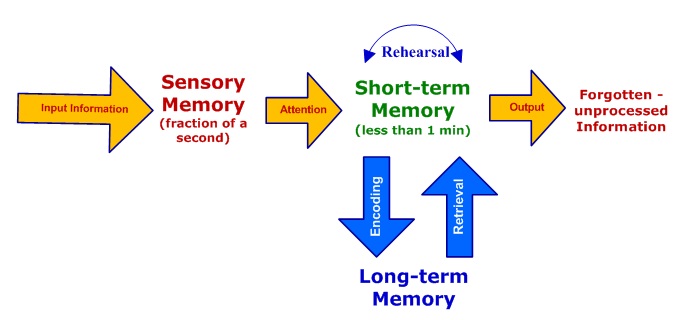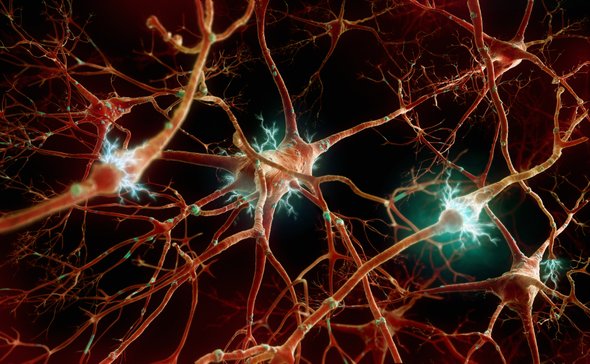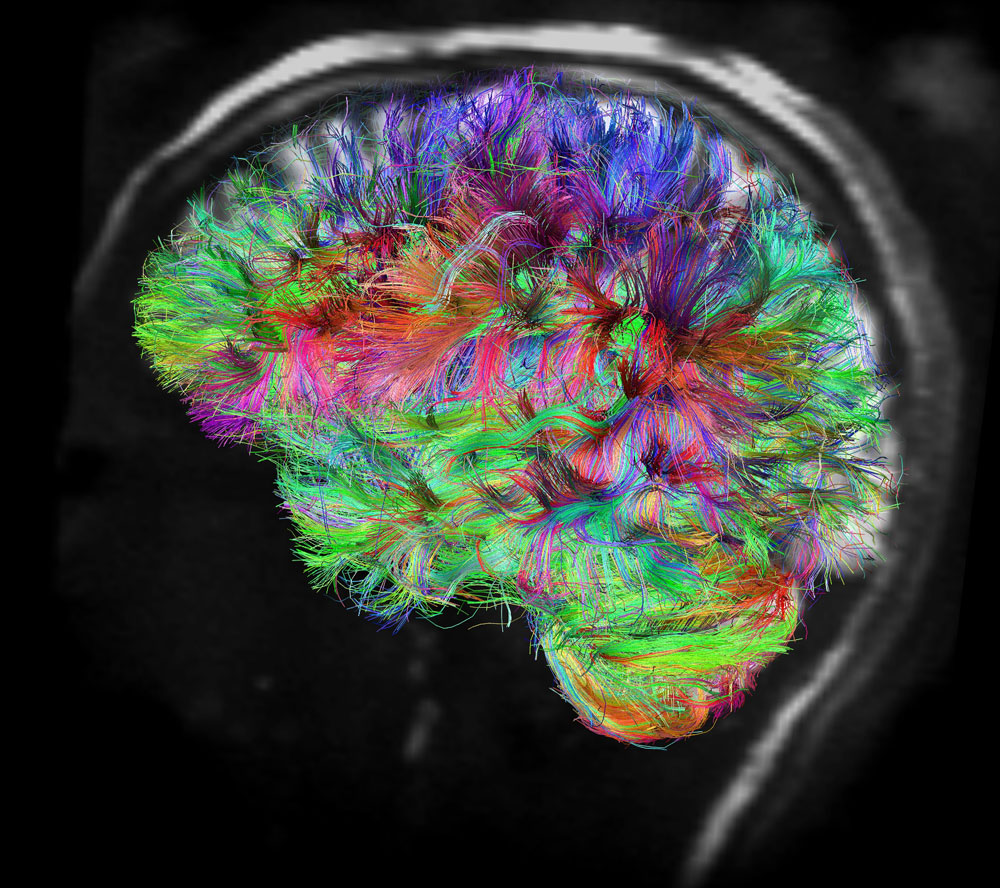How are Memories Created, Stored and Retrieved
Here is a short summary of recent research and theorizing on how the brain creates, stores and recalls memories.
(My apologies to any neurological or cognitive researchers who may find this too simplistic). This process gives us
clear clues on how to make our teaching more effective.
This is a synthesis of information from:
The Neuroscience of Forming New Memories, Psychology Today, July 20, 2015
https://www.psychologytoday.com/ca/blog/the-athletes-way/201507/the-neuroscience-forming-new-memories
How Does the Brain Remember the Places of Your Past? , Psychology Today, Nov 30, 2013
https://www.psychologytoday.com/ca/blog/the-athletes-way/201311/how-does-the-brain-remember-the-places-your-past
How are memories formed? , University of Queensland Brain Institute July 23, 2018
https://qbi.uq.edu.au/brain-basics/memory/how-are-memories-formed
The Human Memory,2018 http://www.human-memory.net/processes_encoding.html
Steps in the Memory Process:
1. External stimulations ( sights, sounds, tastes, etc. ) are received by neural receptors in our sensory organs (eyes, ears, taste buds, skin, nose). These organs send impulses via neural pathways to the somatosensory cortex of the brain, which decodes and make sense of the neural signals. Neurons in the somatosensory cortex send these impulses onwards to the hippocampus and related regions on the Medial Temporal Lobe.
2. The hippocampus analyses the neural impulses and seeks connections between the new neural messages and existing neural pathways. The stronger the neural impulse or the more the new impulse can be connected to existing neuron pathways or patterns - the greater the possibility the new information will go into long term storage. If the new impulses can be linked to existing neural pathways, they will become consolidated in our long term memory in a two-step process: synaptic consolidation (which occurs within the first few hours after learning or encoding) and system consolidation (where memories become independent of the hippocampus over a period of weeks to years).

3. The connections - called synapses - between brain cells can be made stronger or weaker depending on when and how often they have been activated in the past. Active connections tend to get stronger, whereas those that aren't used get weaker and can eventually disappear entirely. When the same group of neurons fire together often they become permanently sensitized to each other. As a neuronal pathway, or neural network, is traversed over and over again, an enduring pattern is engraved and neural messages are more likely to flow along such familiar paths of least resistance. This makes memories stronger and quicker to be accessed. If memories are not recalled, the neural pathways weaken making the memory fragile and easily eroded with time.
4. Long term memories are not stored in just one part of the brain, but are widely distributed throughout the cortex. After consolidation, long-term memories are stored throughout the brain as groups of neurons that are primed to fire together in the same pattern that created the original experience, and each component of a memory is stored in the brain area that initiated it. As new experiences accumulate, the brain creates more and more connections and pathways, and may "re-wire" itself by re-routing connections and re-arranging its organization.

5. Human memory is fundamentally associative, meaning that a new piece of information is remembered better if it can be associated with previously acquired knowledge that is already firmly anchored in memory. The more personally meaningful the association, the more effective the encoding and consolidation. Meaning and associations that are familiar tend to lead to improved recall. On the other hand, information that a person finds difficult to understand cannot be readily associated with already acquired knowledge, and so will usually be poorly remembered.
6. Because of the associative nature of memory, encoding can be improved by techniques where new pieces of information are associated with other information already recorded in long-term memory. This incorporates the new information into a wider, already familiar and coherent narrative which strengthens retention and access to the memory. Using key words or mnemonic study techniques are good examples of memory elaboration. When we use such study techniques the study information passes through the hippocampus multiple times, strengthening the neural and synaptic connections and strengthening subsequent memory recall. The more a neural pathway is activated, the stronger the synaptic connections along the way become.

7. Technically, memory recall is the reactivation of a specific group of neurons, formed from persistent changes in the strength of connections between neurons. Recalling a memory involves re-activating a particular group of neurons. In the recall process, the brain "replays" a pattern of neural activity that was originally generated in response to a particular event. Memory retrieval requires re-visiting the nerve pathways the brain formed when encoding the memory. The relative strength of those pathways determines how quickly the memory can be recalled. Recall effectively returns a memory from long-term storage to short-term or working memory, where it can be accessed, in a kind of mirror image of the encoding process. It is then re-stored back in long-term memory, thus re-consolidating and strengthening it. The more often a memory is recalled, the stronger the neural and synaptic connections become, allowing the memory to become stronger and more easily and quickly recalled.
Next: Ten Ways to Help Students Learn History